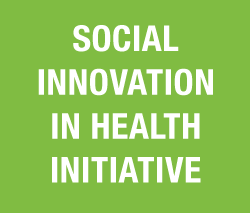Comprehensive Health Approach for Chagas Disease in Comapa
CONTINENT
Latin America
COUNTRY
Guatemala
Location
Comapa, Guatemala
Actors Involved
Communities, NGOs, Universities, State
Website
www.uvg.edu.gt
Founding year
2010
Organizational structure
University programme
Health Focus
NTDs, Chagas disease
Programme Focus
Training & Education, Community Mobilisation
Health System Focus
Human Resources for Health
CHALLENGE
Chagas is the deadliest (by number of deaths) parasitic disease in Latin America. It affects approximately 8 million people in the world, causing an estimated 10,000 deaths each year, especially in populations living in poverty. This disease is caused by the parasite Trypanosoma cruzi, which is transmitted by an insect (Triatomine bug) that in Guatemala is called a chinche. This insect feeds on the blood of dogs, birds, rodents, other animals and humans. It hides inside homes in crevices and cracks in adobe or wooden walls and poorly finished floors, and roofs made of palm leaves.
To eliminate the transmitting insect, in the decade of the 2000s, a strategy of massive spraying with insecticides was implemented throughout Guatemala. Despite this attempt, for the year 2010, the municipality of Comapa had high rates of reoccurrence of Chagas after spraying with insecticides. It also had one of the highest rates of infestation of chinches in homes, and children infected with the parasite.
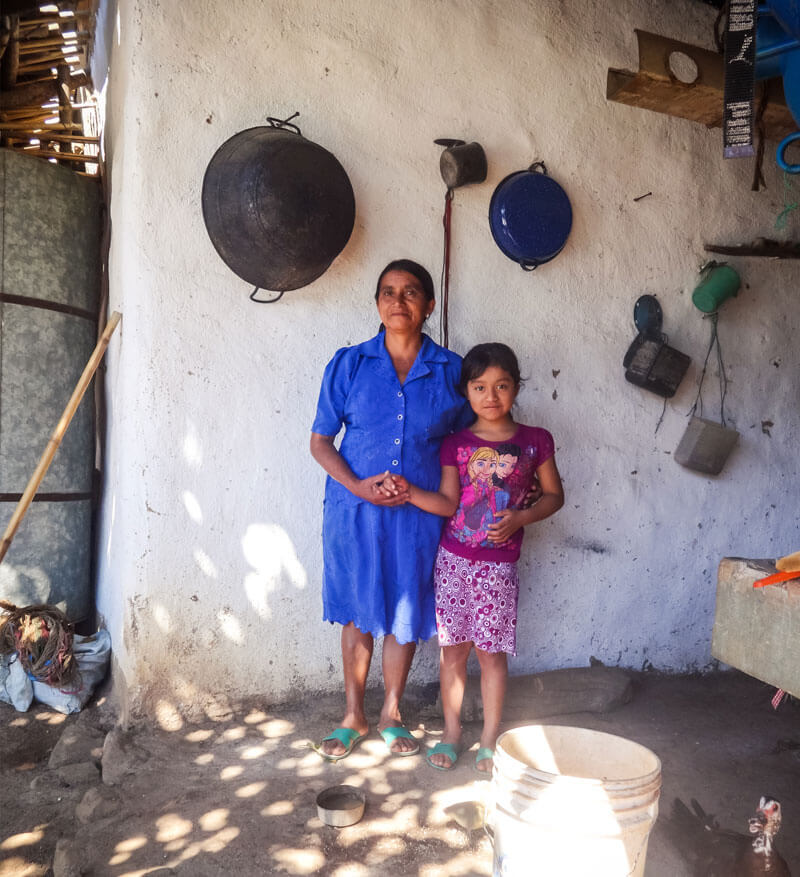
“The situation in Comapa has changed over the last 6 years, and it is not due to one single institution, but to the fact that many of us are worried …we are stronger in partnership.”
– Denis Corleto, Manager of the World Vision Development Program in Comapa
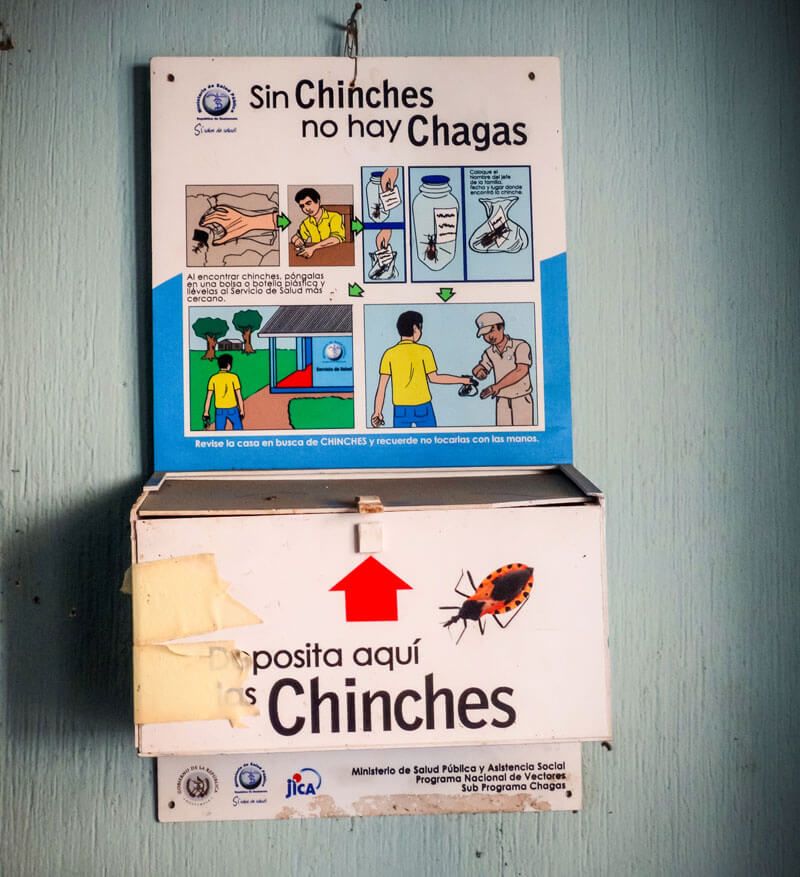
INTERVENTION
The comprehensive health approach for Chagas disease in Comapa (Jutiapa, Guatemala), is an interdisciplinary group initiative convened by Pamela Pennington and Sandra De Urioste-Stone, researchers from Universidad del Valle de Guatemala (UVG), who have secured funding by linking together research and intervention projects.
The approach addresses the high rates of Chagas disease in Comapa from an interdisciplinary commitment that seeks the participation and collaboration of community members in the identification of their needs, as well as in the design of strategies that respond to them.
The project 1) aims to reduce the probability of re-infestation of the transmitter vector of Chagas in houses, looking for its inhabitants to take an active role in the management of the animals that the feeds on: rats, mice, dogs and chickens. 2) Improves care to diagnose and treat Chagas at the Comapa Health Centre. 3) Aims to reduce the mother-to-child transmission of the disease, an effort that now serves to pose similar questions and strategies around Zika, a disease that has also begun to affect comapenses. The institutional articulation was a very important part of the process.
“The unity amongst the team is very important (…) There is no difference because he has graduated from University, or because he is a technician (…) They take me into account, my opinions are heard, and that is what also makes a team work, because one feels trusted, one feels that if I can give an opinion, it is because I can do things, and I am taken into account.”
– Jorge Sincal, Field Technician of the Universidad del Valle in Guatemala
Through their work in Comapa, the project has demonstrated that strategies to combine traditional ways of controlling vectors (such as pesticide spraying, community education and rodent control) are able to manage and reduce the risk of Chagas transmission in the home (De Urioste-Stone et al. 2015). The participatory and community-based approach was essential in achieving this, as well as the use of culturally appropriate educational tools, and working in conjunction with state health entities and other institutions present in Comapa.
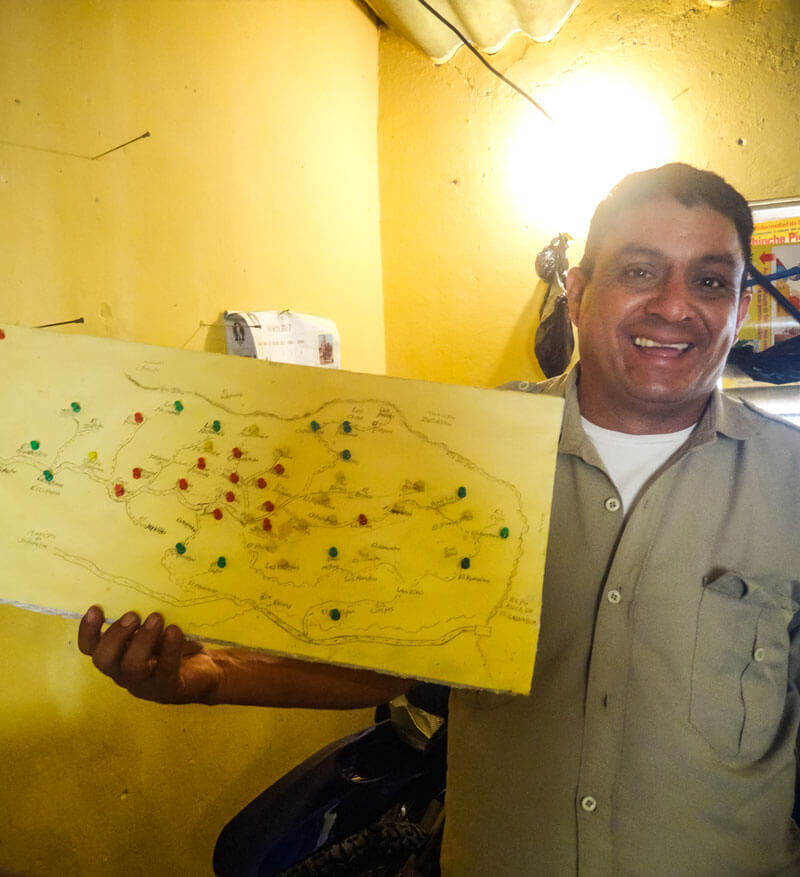
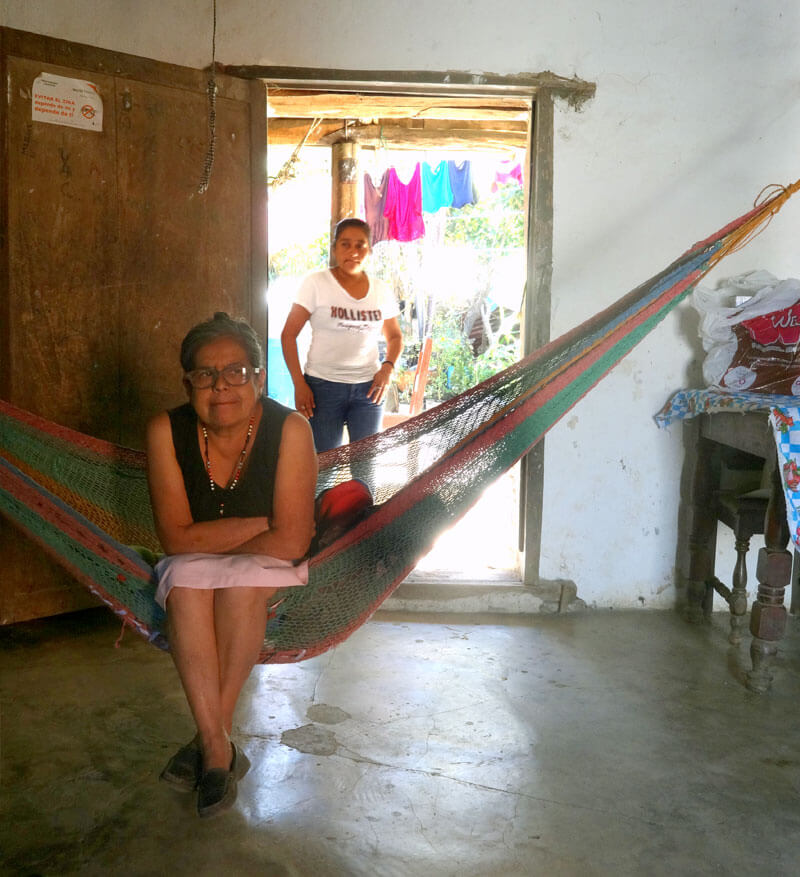
CASE INSIGHTS
The UVG team has learnt the importance of sharing results with the communities. Through sustained communication before, during and after interventions with the people of Comapa, the communities have valued the work carried out and given feedback to establish new goals and future action plans.
Three key learnings from the case study are:
- Participatory and interdisciplinary, or ideally transdisciplinary, approaches to health problems can achieve an effective awareness of the problems and solutions in the community.
- Research and intervention projects based in academic institutions can establish reliable relationships with communities, and make a positive change by connecting projects, which allows the work to extend beyond the project’s time and budget limitations.
- Intersectoral collaboration duly involving state institutions is fundamental in articulating the proposed and implemented initiatives with the established proceedings and regulations, as well as to innovate existing state processes to generate change at a larger scale.
“When the people from the university come here, they start going to people’s houses and getting involved in how people in Comapa live, how they think, what they do, what they want, and what they can do to overcome this situation. They tell us [the state health institutions] what is happening in the community.”
– Elsa Berganza, Epidemologist from the Health Area in Jutiapa
